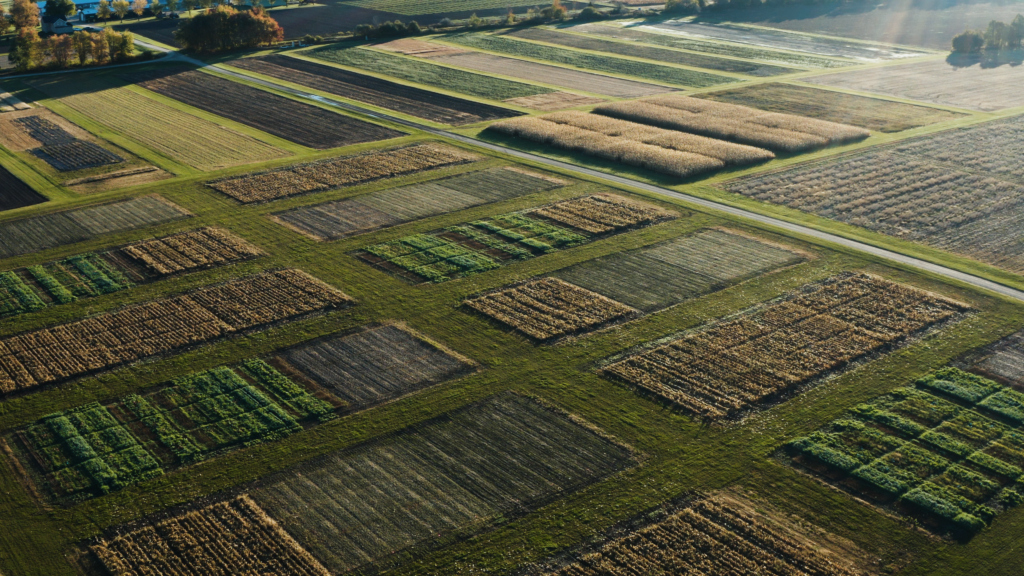Timothy Bowles, et al. 2020. Resilience to adverse growing conditions in North America. One Earth 2: 284-293. doi:10.1016/j.oneear.2020.02.007
Study Summary by William Milson and Cameron Ogilvie
key messages
- Researchers collected corn yield data from 11 crop rotation study sites in North America
- Corn yields from diverse crop rotations were 14-89% greater than simple rotations in drought years
- It is critical for farmers to improve crop rotation diversity to adapt to climate change
The warming of the earth’s climate and an increasing global population is presenting enormous challenges for the agricultural industry to increase food production. More frequent extreme weather events caused by climate change, such as drought, are problematic for the Northern Corn Belt, where simple two-crop rotations of corn and soybean are common. Bowles et al. 2020 suggest that diversifying Northern Corn Belt crop rotations may be the solution to reducing damage caused by challenging growing conditions, thus creating a more resilient agricultural system.
What they found
In years with the most severe drought conditions, corn yields under diverse rotations (3-5 crops) were 14% – 89% greater than simple rotations (<2 crops). This is likely due to increased soil water capture and storage that diverse rotations have been shown to improve. The researchers also found that diverse rotations increased corn yields by 16-34 kg per hectare, per year at six different field sites during favourable growing periods. On average, diversified crop rotations resulted in a 22.6% increase in corn yields during favourable conditions and a 28.1% increase across all growing conditions, suggesting that diversifying crop rotations can both increase and stabilize yields.
Why it matters
This research suggests that long-term crop rotation diversity is an essential part of reducing risk while adapting to climate change. Diversifying crop rotations also makes the most out of favorable weather conditions over time. By increasing and stabilizing corn yields, farmers can increase overall food production and farm profitability. Diversified crop rotations can be an effective agricultural practice to meet the rising global food demand, while providing resilience against the challenging growing conditions that climate change will inevitably cause.
How they did it
To test this theory, Bowles et al. 2020 investigated the effect of diversified versus simple crop rotations on crop yield and yield stability across under stressed and productive conditions. The researchers monitored long-term corn yields at 11 sites across the US and Canada, covering a wide range of growing conditions. At each site, the simple crop rotations of either monocrop or two-crop rotations were compared to diverse rotations with 3 to 5 crops. Crops grown in the simple rotations were corn monocrop or a corn–soy rotation, whereas diverse rotations also included crops such as alfalfa, spring barley with red clover, oats, peas, winter wheat, and cereal rye.


